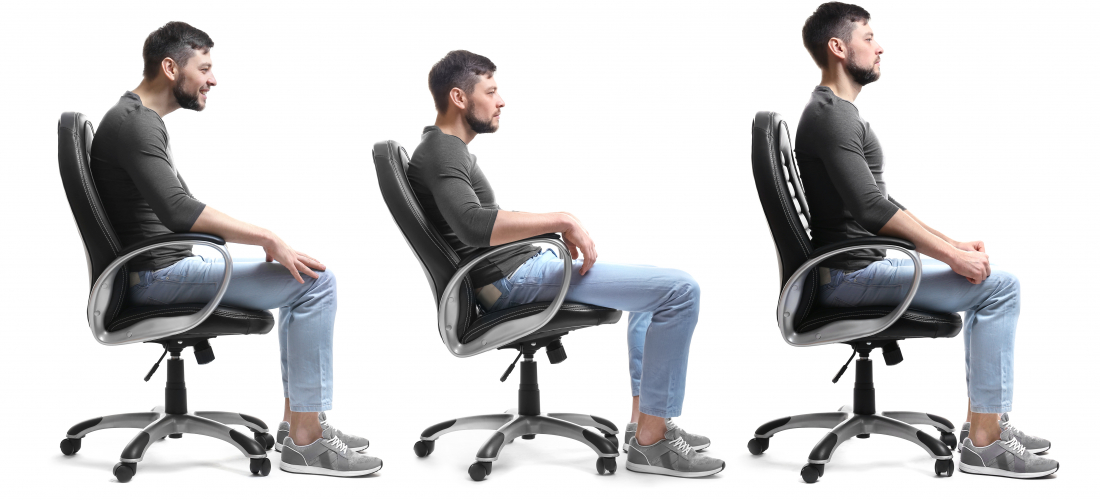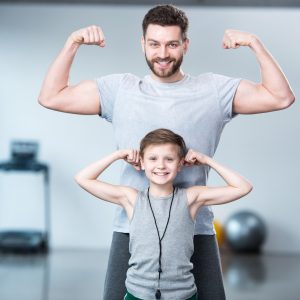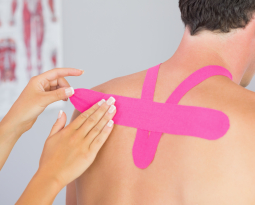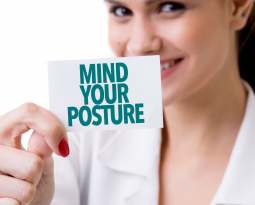
Real Posture or Active Posture? The Important Distinction for Accurate Brain Based Posture Analyses
The Muscles of Real Posture
Many patients lack the postural fitness to hold themselves upright in proper posture through activation of their posture muscles. This is an important clinical observation because poor posture is related to a decrease in neurologic output.
Many patients lack the postural fitness to hold themselves upright in proper posture through activation of their posture muscles.
When prompted to sit up straight these patients are able to activate their voluntary muscles to have upright posture. However, after about a minute you notice that the patient slumps back down into their real posture presentation again.
The patient is unable to hold themselves upright for an extended period of time by utilizing their voluntary musculature. This is because voluntary muscles are Type II fast-twitch muscles that are utilized for powerful and quick movements.
Axial postural muscles are just the opposite. They are Type I slow-twitch muscles fibers that are for endurance and stabilization. Type II muscle fibers lack endurance which is why when patients try to correct their posture with their voluntary muscles they cannot maintain it.
Roles of Postural & Skeletal Muscles
Consider the important distinction among voluntary skeletal muscles and involuntary posture muscles.
Voluntary Muscles
- Controlled by the primary motor cortex of the frontal lobe contralaterally
- Precise movements are dependent upon a clear sensory and motor cortical map
- Contain fast twitch muscle fibers for powerful and quick movements
- Become weak with lack of cortical output, this is observed with muscle testing
Posture Muscles
- Axial musculature for midline stabilization
- Controlled by the primary motor cortex of the frontal lobe and the brainstem ipsilaterally
- Contain slow twitch muscle fibers for endurance and stabilization
- When posture muscles lack activation it causes rigidity and flexion
Active Posture Vs. Real Posture
When performing a brain based posture analysis you can determine a lot about the patient’s nervous system function by observing their posture. However, to make accurate predictions of the patient’s brain function in relation to their posture, the patient must be in “Real Posture” not “Active Posture.”
You can determine a lot about the patient’s nervous system function by observing their posture.
When patients are “faking” good posture they are in “Active” posture meaning they are holding their trunk upright with their voluntary muscles. Remember, many patients when they are being evaluated will naturally want to stand up straighter. They may not be consciously “faking” proper posture however they are still in Active Posture. Performing a brain based posture analysis in Active Posture skews your results.
How to Determine Active Posture
- From the lateral perspective the patient’s elbows are behind their shoulders
- They can’t maintain this posture for more than a few seconds
- The patient is gritting their teeth or holding their breath while holding their posture for the assessment
- Their eyes and nose are pointed to the ceiling instead of parallel to the ground or forward
- The patient is “sucking in” their stomach to appear thinner
How to Assess Real Posture
To assess the patient in their “Real Posture” have them perform the Wade Technique for Posture Analysis before doing your assessment. Have the patient breathe in, breathe out, and relax. As they breathe out and relax instruct the patient to collapse their shoulders.
The moment they exhale completely and relax their muscles, they are in Real Posture. At this point the analysis should take place. Performing the Wade Technique for Posture Analysis instantly validates all posture analyses.
Performing the Wade Technique for Posture Analysis instantly validates all posture analyses.
Important Clinical Distinction
This clinical distinction is of utmost importance for creating a brain based postural correction program that meets the needs of the patient. For complete correction of postural instability activate posture muscles in extension, not flexion.
For better neurologic output of the Posture System hold the contractions for endurance instead of doing high amounts of repetitions. Build postural fitness with isometric extension exercises. Extension exercises help the patient resist gravity and have proper postural stabilization.













